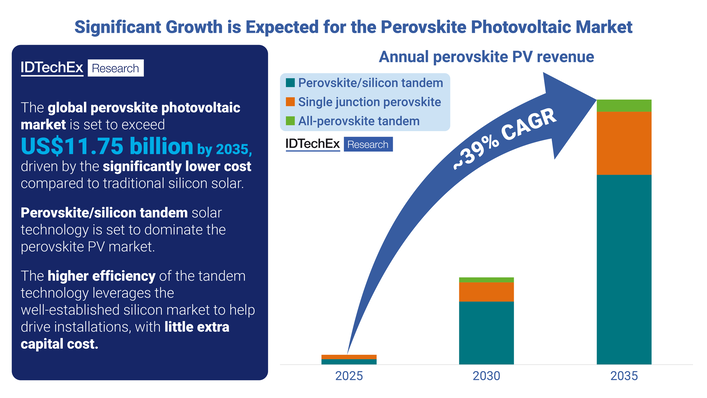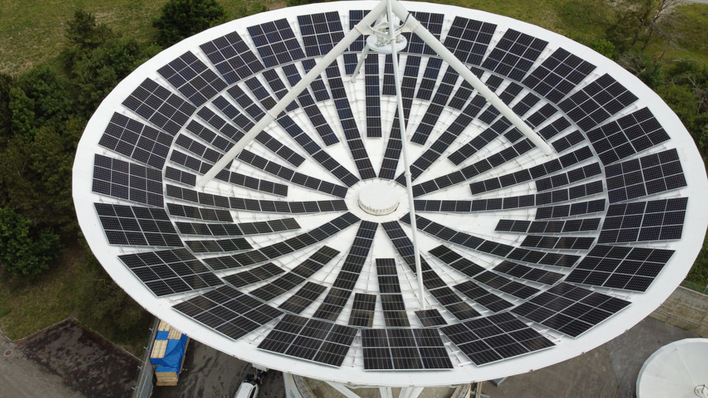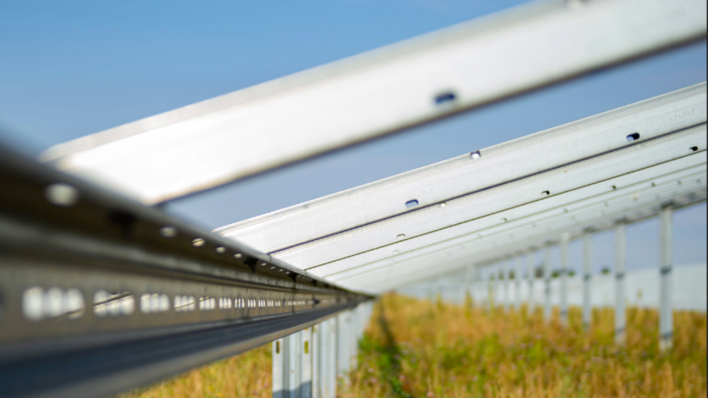In January 2023, the prices of solar panels, wafers and cells started their way down. Initially, this could be dampened with some tricks by Chinese silicon producers and the disappointing demand did not apply to all types of solar panels. From June last year, the flight downwards started across the full width.
Last month, for the first time in a while, prices of solar panels, wafers and cells did not fall further. Despite the price recovery being limited, buyers remain optimistic about demand, keeping the PV PMI (Purchasing Managers Index) score above 70 points.
"Nearly 60 percent of buyers who participated in our survey said they expect to buy more in April than they did in March. This contrasts with the PMI score for other European industries and highlights the importance of the renewable industry as one of the few remaining growth drivers for our economy," said Agata Krawiec-Rokita, CEO of sun.store.
„The market is now waiting very anxiously for stronger price increases“
For many manufacturers, this is far from solving the problems, especially for European producers. Under normal circumstances, European panel prices are already higher on average than those of their Chinese competitors. After a year in which Chinese manufacturers have consistently lowered their prices and expanded their production capacity, much of European production is at a standstill.
"For the cheapest European solar panels, you pay about two and a half times the price of a comparable Chinese variant. For solid glass-glass panels, you even pay more than three times the amount of a comparable panel produced in China. At these Chinese prices, European manufacturers cannot produce. They won't be able to keep up this situation for much longer: it could be ready for them within six months," Scheper warned.
"The fact that prices are now rising by about 5 percent means maybe half a cent per watt peak more, because it's 5 percent of very little. In addition, it is the increased transport costs that account for the largest part of the increase. For example, you now pay about $4,500 per container. It sounds crazy, but the market is now waiting very anxiously for stronger price increases, but that's because the prices were really too low.“
„Many Chinese parties are now also offering bridging loans“
A recent analysis of the Dutch SDE subsidy data (Sustainable Energy Production and Climate Transition Incentive Scheme) by Dutch New Energy Research shows that the realized capacities of rooftop and ground projects larger than 1 megawatt peak are currently above the historical average. At the same time, an unprecedentedly high percentage of withdrawn planned capacity can be seen.
In concrete terms, this means that more projects than average are making the decision quickly. Either the project will be realized relatively quickly or the project will not go ahead (for the time being) and the SDE application will be withdrawn. Scheper previously noted that projects that had been halted due to high material prices were reintroduced to the market due to the recent price drops.
"It is therefore logical that these projects can now provide clarity more quickly, because if you now need even lower prices to complete your project, why did you start working on it in the first place," Scheper wonders aloud.
"The fact that more projects are now being cancelled is because there is more hesitation among banks to finance larger solar energy projects. On the one hand, they are more cautious about financing Chinese equipment, and on the other hand, most large projects are now built with batteries, which means that banks have less experience. That is why many Chinese parties are now also offering bridging loans – up to a year. For some parties, this means that a project can go ahead and other parties can even realize multiple projects at the same time.“
Chaotic competition
According to Scheper, the fact that prices have shown a downward trend for so long is not only the result of market forces. "The five largest Tier 1 players have collectively decided to squeeze the smaller manufacturers out of the market. They are maximizing their production numbers and selling at prices where they are just short of making a loss, but others cannot make a profit," he says.
"They can do this because they all have their center of gravity elsewhere in the supply chain. One has the most weight in the production of solar panels, the other in the production of wafers. If it's up to them, they'll keep this up until everyone else surrenders.“
Also interesting: Where is the solar industry in Europe be heading?
Some manufacturers have already raised the white flag, including quite a few European producers. But according to Scheper, it remains to be seen whether Tier 1 shareholders can appreciate this. "They just want to see as much profit as possible in the short term. I wouldn't be surprised, therefore, if these big five manufacturers give up before the summer holidays and we start to see price increases again," Scheper thinks.
Get the new World of Solar Market Outlook Report 2024 here for free
"And that will lead to chaos again, because everyone will want to buy just for this increase. Rapidly increasing demand can lead to specific shortages, as we have seen before with chips and inverters, for example." (GS/hcn)








